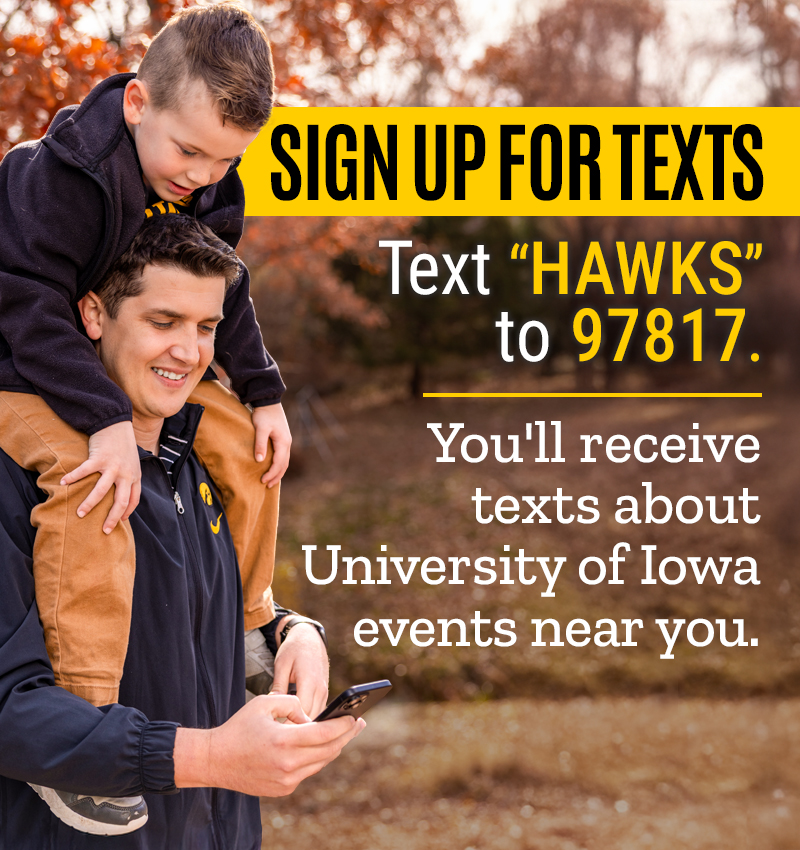Alumni Community Frequently Asked Questions
What do Alumni Communities do?
Alumni communities support community building and provide visibility and practical support to alumni and friends around the world. Alumni Communities:
- Act as advocates for the University of Iowa.
- Encourage UI alumni and friends to maintain an active relationship with the university and each other.
- Facilitate events and programming focused on increasing involvement within all alumni age groups and for diversified interest areas.
- Foster a spirit of camaraderie among alumni who share similar interests and identities.
- Inspire and support students.
- Receive access to services, benefits, and support from the UI.
- Strengthen the alumni community and its relationship to the university.
- Engage in intellectual, cultural, and athletic life, as well as social and networking opportunities, to enhance professional development.
- Enhance and enrich the scholarly and cultural resources of the UI.
What are some questions to consider when thinking about starting an alumni community?
- What are the group’s goals? Do they align with the university’s goals?
- Can an existing group or university entity accomplish these goals?
- How is the group different from other alumni affinity groups?
- Is there sufficient interest among alumni to support the new group?
- Is this a viable short-term and/or long-term organization?
- How would this group offer value to the university?
- What affinity are you interested in connecting in support of the UI?
- Are there current students on campus who can continue your group’s legacy with a similar interest or identity?
What are the alumni community leader expectations?
The primary leader (president, chair, or co-chair) of an affinity group is expected to:
- Act as the main contact between the UI and the alumni community members and maintain regular contact with the staff liaison. In most cases that means at least monthly communication.
- Respond in a timely manner (usually 48 hours) to inquiries or requests from the UI and alumni.
- Follow the community’s governing documents and bylaws including holding elections as specified.
- Maintain the alumni community's good standing with the UI.
- In most cases, devote 3-6 hours per month to this leadership position (may require more time during busy event seasons).
- Act as a positive representative and chief ambassador for the UI.
- Establish an alumni community board of at least four people to help guide the mission and decisions when necessary.
- Serve as an active participant in regular board meetings providing positive leadership and direction to the group’s board.
All leaders and board members must abide by these guidelines:
- Keep the interest of the alumni community and/or UI foremost in mind when providing assistance and avoid all conflicts of interest.
- Adhere to Iowa Volunteer Network Guidebook and Volunteer Code of Conduct and ask for clarification if you do not understand them.
- Serve as a positive university representative and conduct yourself in an appropriate, professional manner.
- Strive to achieve the highest quality and effectiveness in both the process and products of volunteer work without promoting any self-interest.
The UI values its volunteers and works to create services and programs to support and enhance their involvement. However, UI volunteers conducting themselves in a manner inconsistent with the university’s mission, or these expectations, may be removed as alumni community leaders.
Starting an Alumni Community Group
Contact alumni.engagement@foriowa.org to learn more and start the process of becoming an alumni community.

